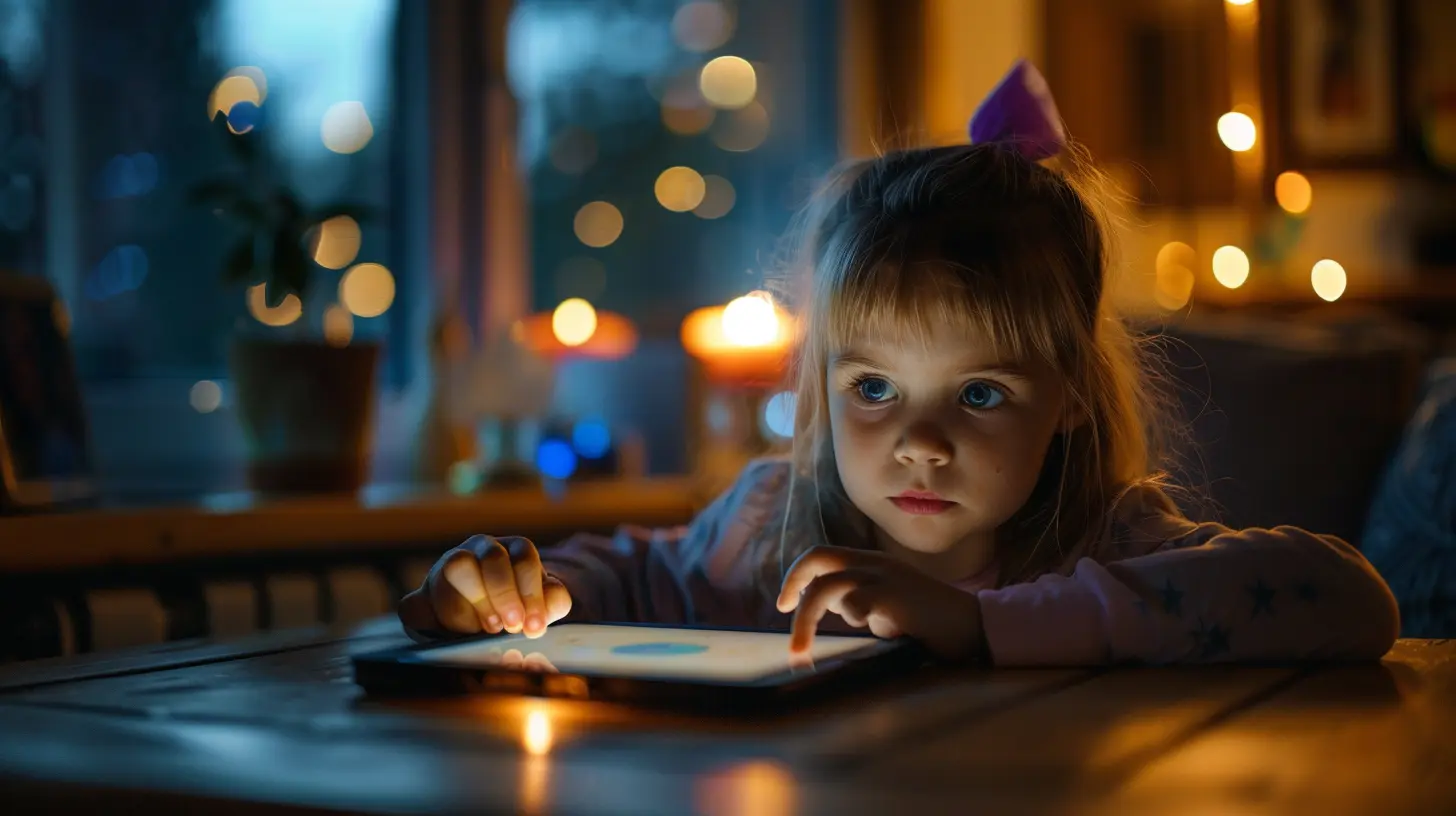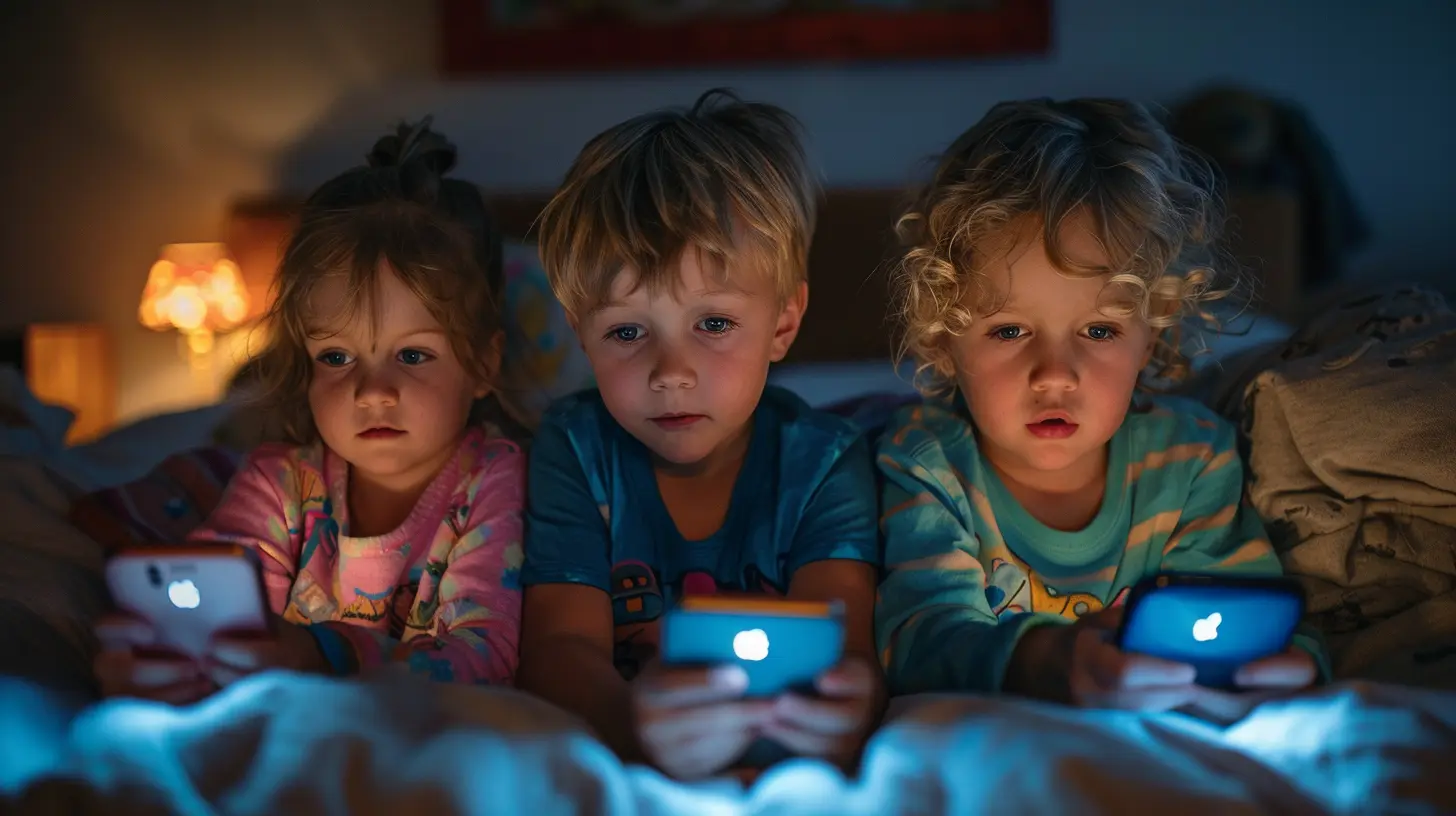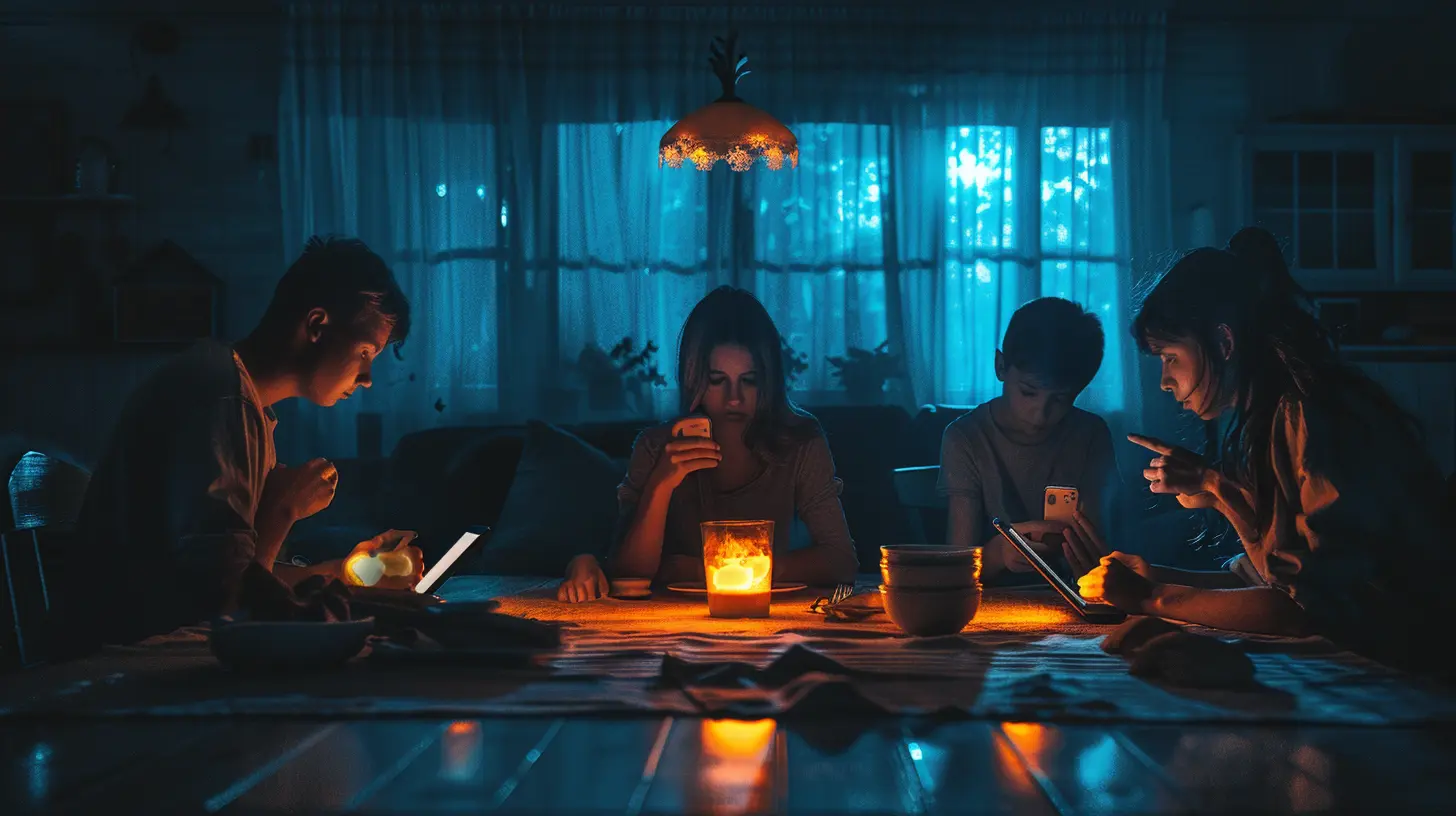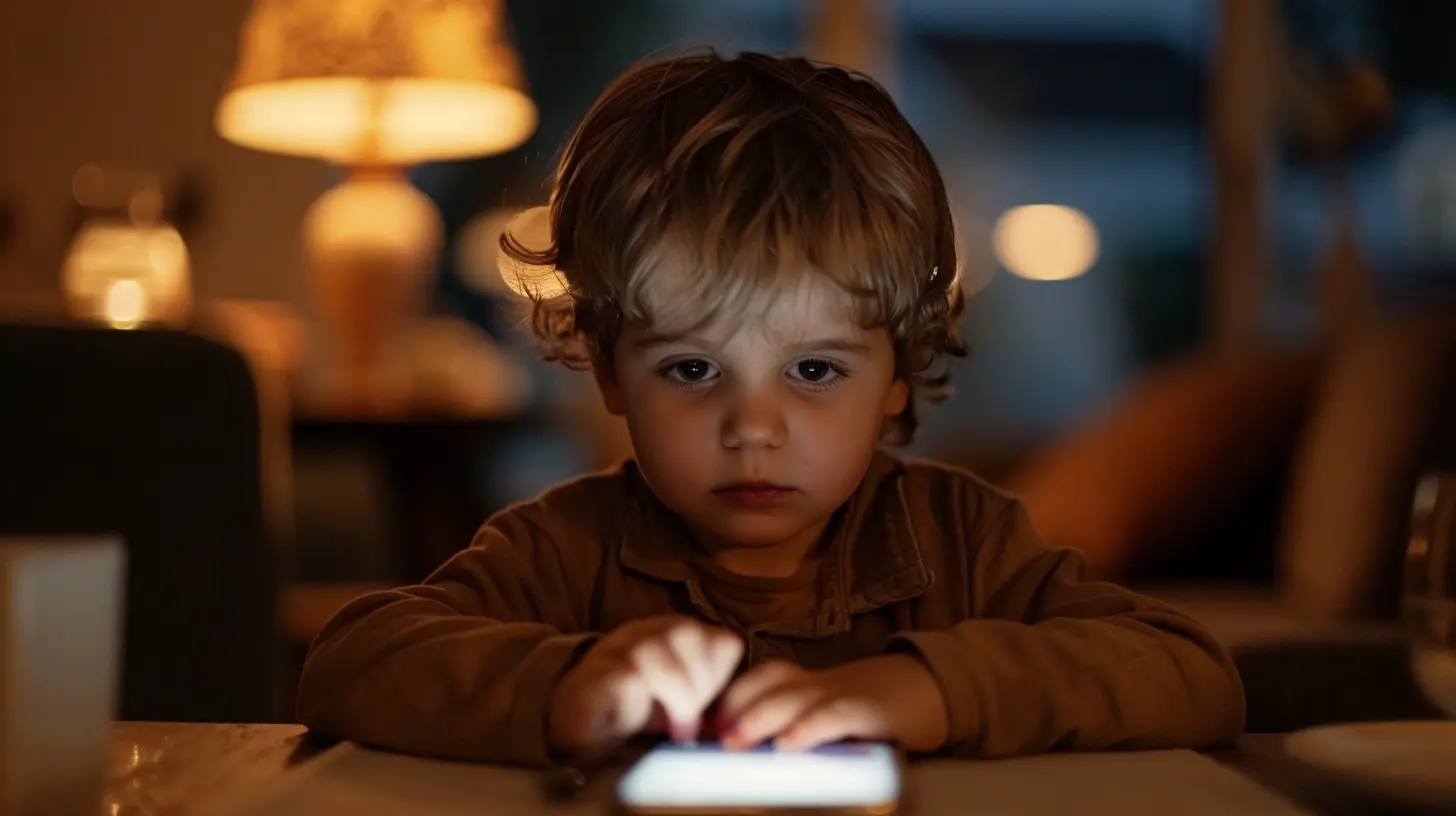Turning Off Screens at Mealtime: Creating Family Bonding Opportunities
21 August 2025
Ah, mealtime. That golden hour (or 12-minute sprint) where everyone gathers around the table in theory—but in practice, it’s more like “The Great Scroll-Off.” One kid’s watching Minecraft videos on an iPad, another is trying to snap the perfect bite-for-the-’Gram, and you're just trying to remember if anyone said grace or if that was just Netflix’s autoplay kicking in.
Welcome, friend. If you’ve ever tried to have a conversation over the delightful background music of Candy Crush and TikTok dance tutorials, you’re not alone. But what if I told you there’s a solution? A radical, bold, downright old-school idea:
Turning off screens at mealtime.
That’s right. Power down. Log off. Shut. It. Down. Let’s talk about how this small change can spark big-time family bonding. And don’t worry, we’ll keep it playful. Humor pairs well with your mashed potatoes.
Why Screens at Mealtime Are Like Uninvited Guests
Imagine hosting a dinner party and someone brings their weird uncle who won't stop showing everyone cat videos. That’s basically what screens do at family meals. They're loud, distracting, and take attention away from what really matters—each other.Emotional Nutrition > Digital Consumption
Here’s the thing: meals aren’t just about carbs and calories. They’re about connection. Think of it as emotional nutrition. While broccoli fuels the body, shared belly laughs and stories about your day fuel the heart.But when screens sneak in, they rob us of magical moments—like hearing your kid’s version of what happened in school (which almost always involves something exploding, somehow). Screens keep us from making eye contact, picking up emotional cues, and asking important follow-up questions like, “Wait, your math teacher turned into a robot?”
Benefits of a Screen-Free Table (Spoiler: They're Juicy!)
Alright, let’s roll out the good stuff. Here’s what really happens when you ditch screens at dinner:1. Deeper Conversations (Or At Least Fewer Grunts)
Without devices, people actually talk. Full sentences, even! You might start with the standard, “How was your day?” but conversations can twist and turn into everything from dream vacations to “What if we had a pet goat?”2. Building Better Relationships… One Bite at a Time
When we’re present (like, actually present—not just “physically there but emotionally lost in cat videos”), we get to know each other better. We learn what excites our kids, what’s stressing them out, and what new slang we’re apparently not cool enough to use.3. Creating Rituals That Stick (Unlike Those Sticky Fingers)
Family mealtime becomes sacred when we carve out space for it. And if you do it regularly, it becomes a comforting ritual—like Taco Tuesday but with connection instead of queso (okay, plus queso).4. Healthier Eating Habits (Because Netflix Doesn’t Serve Veggies)
Without distractions, people tend to eat slower and actually notice what they’re eating. This leads to better digestion, increased satisfaction with meals, and fewer plate-to-face incidents. You know the ones.
Tips to Gently Break Up With Screens at Dinner
Okay, okay—ripping the iPad out of your 8-year-old’s hands mid-bite might not go over well. (Understatement of the year.) So let’s approach this like we’re defusing a very sensitive, very tech-addicted bomb.1. Give 'Em a Heads-Up
Don't spring it on them like a surprise tax audit. Start by explaining why you're making the change. Something like:> “Hey guys, I miss talking to you during dinner. Let’s try something wild—no screens while we eat. Just us. Like the olden days of 2006.”
2. Make It a Game
Kids love a challenge. Try “Screen-Free Mealtime Bingo” where they earn points for things like asking someone a question, sharing a story, or making the table laugh. Winner gets to pick dessert!3. Create a Screen Basket (Yes, Even Yours Goes In)
Literally have a basket where everyone drops their phones before sitting down. If even one person sneaks a peek, it creates a ripple effect. Be the example. Yes, that means no sneaky football scores for you, Dad.4. Replace Tech With Talk Starters
Worried about awkward silence? Keep a jar of fun conversation starters at the table. Questions like “If animals could talk, which would be the rudest?” or “Would you rather fight 100 duck-sized horses or one horse-sized duck?” are ensured giggle-inducers.5. Start Small and Keep it Consistent
Try one screen-free dinner a week, and increase from there. Like kale, it's an acquired taste—but over time, you’ll start craving it.
But… What If Someone Has a Meltdown?
Let’s be real. The first few meals may be an exercise in patience, deep breathing, and maybe even a silent prayer to the Wi-Fi gods for forgiveness.The Big Kid Tantrum (Yes, We Mean Adults)
Your tween isn’t the only one addicted to screens—you might find yourself itching to check that notification sound you "accidentally" left on. The key is to ride the wave. That FOMO fades, and what you get in return is legit connection.The Toddler Who Thought "Screen-Free" Meant Rebellion
Distraction works wonders. Turn mealtime into fun-time. Let them stir something, serve salad with tongs three times their size, or arrange fruit faces. If they’re busy having fun, they won’t miss Peppa Pig (as much).Screen-Free Doesn’t Mean Fun-Free
Nobody said a screen-free dinner has to be stiff and boring. Think of it as an unplugged concert—less flashy, way more real.Theme Nights, Anyone?
- Fancy Friday – Everyone dresses up. Even if it’s just a tiara and pajama bottoms.- Accents Only – You MUST speak in a British, Southern, or Pirate accent.
- Memory Lane Mondays – Share a memory from your childhood and bond over the fact that microwaves used to be the size of small cars.
Celebrate the Chaos
Real talk: Not every meal will be Pinterest-perfect. Someone will spill juice. Someone will refuse to eat anything that touched the broccoli. Someone will burp and think it’s hilarious. That’s the good stuff. Embrace it.But What About Screen Time After Dinner?
Great question, hypothetical-but-oh-so-real reader! This isn’t about being screen-free superheroes 24/7. It’s about building intentional pauses into your day.Let your kids know they can still have their digital dessert—after they've enjoyed the real one first (your company!). In fact, they might enjoy screens more once they’ve gotten their social batteries charged the old-fashioned way: with eye contact and sibling sarcasm.
The Long-Term Payoff
You might not see the results instantly. But over time, those little moments—laughs shared, stories told, glances across the table—add up to something big. Connection. Belonging. A sense of home.And years later, your kids may not remember what TikTok was trending in 2024, but they’ll remember that ridiculous night you all wore mustaches to dinner and talked about alien pizza chefs.
Final Thoughts: Unplug to Reconnect
So here's the deal: turning off screens at mealtime isn’t about punishment. It’s about presence.It’s about choosing to hear your child’s voice over a YouTuber’s commentary. It’s about watching your teen roll their eyes (affectionately) when you crack another dad joke. It’s about laughing so hard your mashed potatoes almost fly across the table.
Screens will always be there. Time with your family? That’s more precious than even five bars of Wi-Fi.
So go on. Power down. Pull up a chair. Pass the peas. And let the bonding begin.
all images in this post were generated using AI tools
Category:
Limiting Screen TimeAuthor:

Karen Hurst
Discussion
rate this article
2 comments
Tilly Hensley
I wholeheartedly agree with the importance of turning off screens during mealtime. It fosters meaningful conversations and strengthens family connections. Establishing this routine not only encourages better communication but also allows us to enjoy each other's company without distractions. Great article!
December 2, 2025 at 4:14 PM
Damon McKeever
Embracing screen-free mealtimes can truly enrich family connections. It's a simple yet powerful way to share stories, laughter, and create lasting memories together!
September 2, 2025 at 3:38 AM

Karen Hurst
Absolutely! Screen-free mealtimes foster genuine conversations and strengthen family bonds, making every meal a cherished moment.


